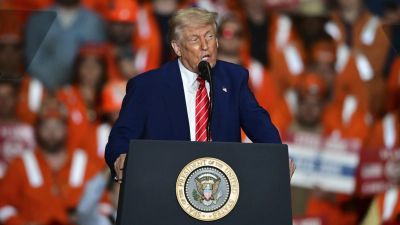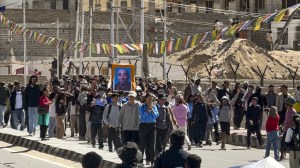Govt brings out a guide for medical treatment
For the first time in the country, the Government is attempting to work out the cost of medical treatment at all levels of healthcare...

For the first time in the country, the Government is attempting to work out the cost of medical treatment at all levels of healthcare and lay down guidelines to help both doctors and patients. A unique document — standard treatment guidelines— that contains medical management and costing of selected conditions has been prepared by the Armed Forces Medical College (AFMC), in association with the Ministry of Health and Family Welfare and the World Health Organisation. It was released here at a function on Monday.
Naresh Dayal, Health Secretary of the Government of India, who was in Pune to release the treatment guidelines at the AFMC, said they have been designed to assist practitioners and patients in making decisions about the appropriate healthcare for specific clinical conditions. This will be helpful in implementing the National Rural Health Mission, which is a top priority of the Government. Each state will also have its own health resource system that will help implement the guidelines.
Talking about the need for such guidelines, Lt Gen S K Kaul, Commandant, AFMC, said majority of the patients could be managed with simple and inexpensive drugs, and investigations. He pointed out a study was undertaken by various departments at the college for preparing the guidelines.
Around 35 medical conditions have been identified for which there were no national programme guidelines. Particular care has been taken to ensure that these guidelines benefit practitioners in the remote and rural areas where medical resources are scarce.
The book deals with four levels of healthcare, including that of a solo physician with no laboratory or indoor facility that resembles the typical set-up of a registered medical practitioner in rural India. The other three levels are a 6-10 bed health facility with a basic diagnostic laboratory, a 30-100 bed health facility with a reasonable diagnostic laboratory and a health facility with 100 or more beds that has a well-equipped diagnostic laboratory.
R K Shrivastava, DG of Health Services, Government Of India, said these guidelines should be implemented at the district planning level. Lt Gen J Jayaram, DG Health Services, Armed Forces, Dr Paramita Sudharto, acting WHO representative to India, and Ganga Murthy, Economic Advisor to the Ministry of Health and Family Welfare, also spoke on the occasion.
Multiple skills to gynaecologists
Pune: With a dire shortage of anaesthetists in the country, the Ministry of Health and Family Welfare is keen on providing multi skills to the gynaecologists. The Ministry is also firm on introducing a three-year diploma programme of medical education to provide trained medical personnel in rural areas.
Naresh Dayal, Health Secretary, Government of India, who was in Pune to release the standard treatment guidelines prepared by the Armed Forces Medical College and Ministry of Health and Family Welfare and WHO, told mediapersons on Monday that there was a woeful shortage of anaesthetists. The gynaecologists would be trained in the field of anaesthesia so that patients do not suffer in rural areas due to the lack of an anaesthetist.
Doctors at AIIMS had prepared a module that would train the gynaecologists. Though the matter is pending in court, Dayal said that there was no stay order and hence the Ministry aimed to proceed with providing multi skills to the gynaecologist.





- 01
- 02
- 03
- 04
- 05


























